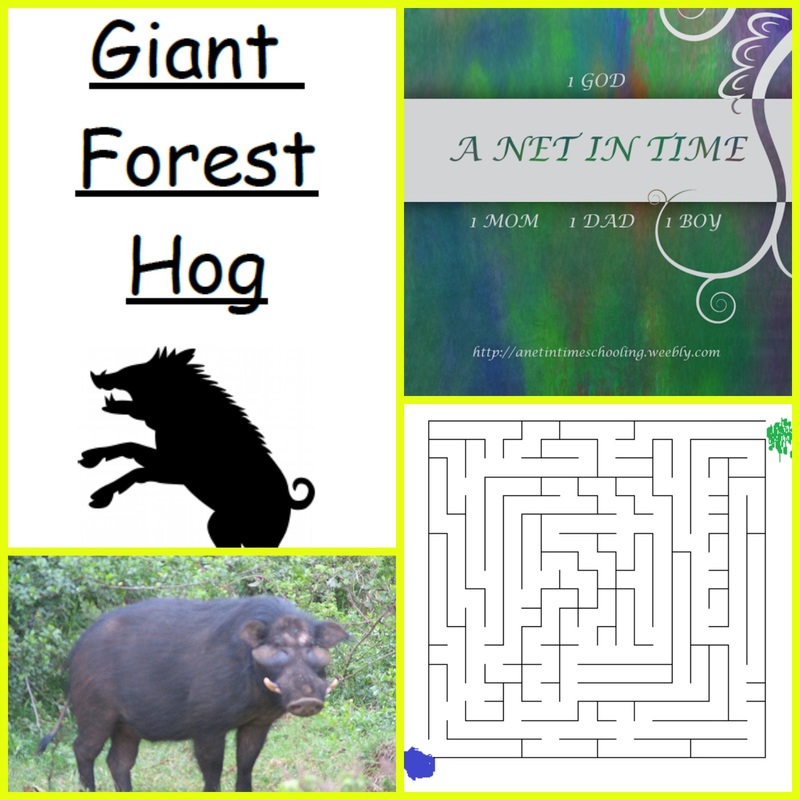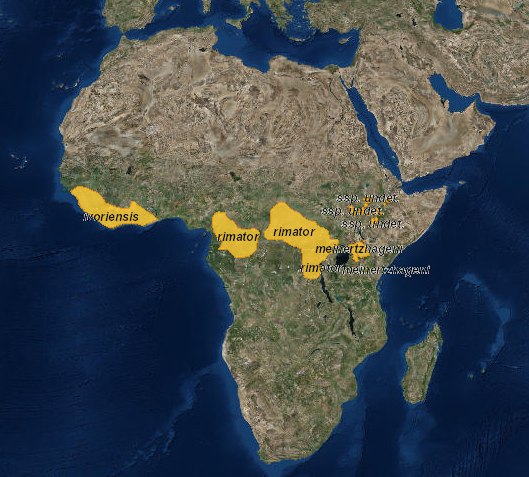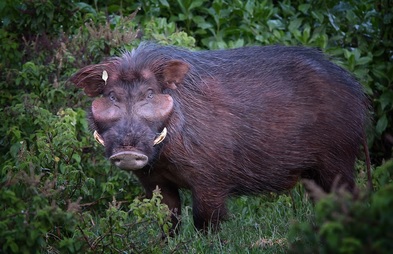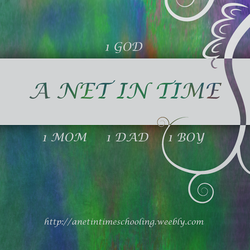The males are bigger than the females, they are a dark brown or black in colour covered with hair, this hair becomes more sparse the older the hogs get. They have swellings below their eyes, which can get quite large in the males. They have a bristle like mane which they raise when alarmed or excited. They also have tusks.
Check it out:
There are three recognized subspecies, each with distinct ranges. The forest hog H. m. ivoriensis inhabits the area near the Ivory Coast, H. m. rimator lives in two areas near the west and central equatorial zone and coexists in the east equatorial zone with H. m. mienertzhagheni, the "true" giant forest hog. A potential fourth subspecies exists to the north of H. m. mienertzhagheni. (source)
They live in family groups of 6-14 animals, with a dominant boar. Boars will fight when they first meet to decide heirarchy, thereafter they won't fight anymore as the loser will make himself scarce should the family groups meet up again.
In forested environments, forest hogs communicate with quiet grunts to maintain group coherence; a barking call serves to locate individuals at a distance. Males produce a long grunting call. In competing for females, males fight like wild sheep, charging at each other from 20-30 m apart and ramming heads together. This combat may cause skull fractures, although this is often not fatal. (source)
Even though these giant hogs damage crops, through their activities they help with dispersing plant species. They keep to trails that connect their grazing grounds, latrines, wallow holes and anything else they use regularly.
If you click in the image below it will take you to a worksheet directly connected with this blog post.











 RSS Feed
RSS Feed



